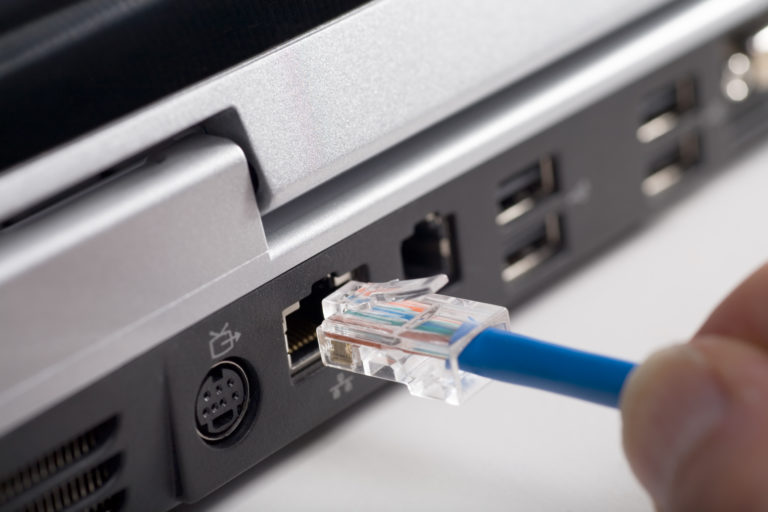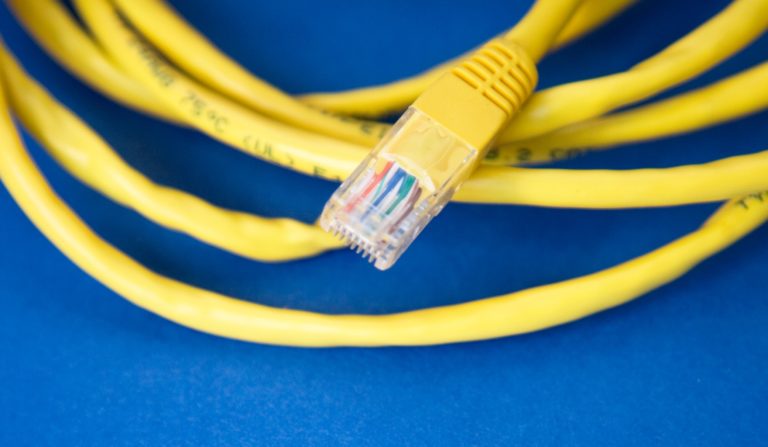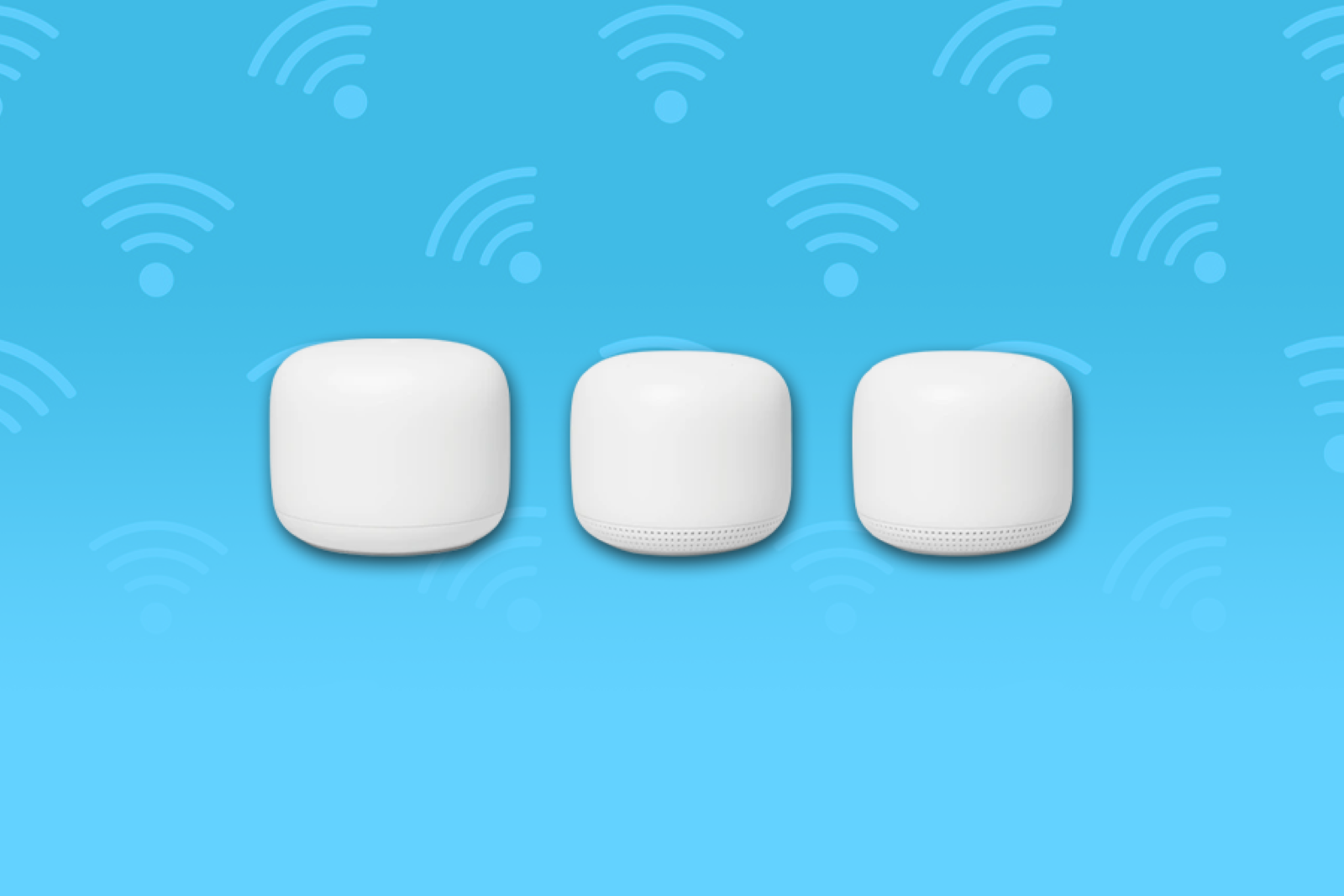Optus Mobile Review ALDI Mobile Review Amaysim Mobile Review Belong Mobile Review Circles.Life Review Vodafone Mobile Review Woolworths Mobile Review Felix Mobile Review Best iPhone Plans Best Family Mobile Plans Best Budget Smartphones Best Prepaid Plans Best SIM-Only Plans Best Plans For Kids And Teens Best Cheap Mobile Plans Telstra vs Optus Mobile Optus NBN Review Belong NBN Review Vodafone NBN Review Superloop NBN Review Aussie BB NBN Review iiNet NBN Review MyRepublic NBN Review TPG NBN Review Best NBN Satellite Plans Best NBN Alternatives Best NBN Providers Best Home Wireless Plans What is a Good NBN Speed? Test NBN Speed How to speed up your internet Optus vs Telstra Broadband ExpressVPN Review CyberGhost VPN Review NordVPN Review PureVPN Review Norton Secure VPN Review IPVanish VPN Review Windscribe VPN Review Hotspot Shield VPN Review Best cheap VPN services Best VPN for streaming Best VPNs for gaming What is a VPN? VPNs for ad-blocking Please note that even if you don’t have an NBN connection, a lot of these steps will still be relevant to helping you troubleshoot no-internet or slow-internet scenarios. It’s true that, without internet access, you can’t send or receive emails, but you also can’t do anything else online, so focusing on fixing potential specific email problems is the wrong first step because the internet isn’t online. No matter what you want to do online, check that your internet connection is working first. Try to visit a popular search engine like Google, then search for anything. If results come up, even slowly, then an internet outage isn’t the problem. If the issue is related to speed, run a speed test using our tool below. Are they up to snuff with the speeds advertised by your provider? If not, there are steps to try before contacting them. Check out our troubleshooting guides for Telstra and Optus. Assuming it is an individual device you’re having issues with, though, start with that. The next step is to focus on networking equipment, which may be a modem router, or separate modem and router devices. If they’re all okay, it’s time to check for in-home interference or signal dampening, as well as checking the state of your cabling. With all of this in-home troubleshooting out of the way, the problem may be with an outside network, which means it’s time to reach out for external support. If you’re connected via Ethernet on a computer, check your system tray (bottom right-hand corner of your main screen) for a square TV-like networking icon to indicate that everything is connected. Hover over this and it should tell you about the status of your network: something along the lines of “internet access” or “no internet access” if things have gone awry. If it has a globe symbol with a smaller ‘no sign’ icon, it means you’re connected to your local network but not connected to the internet. As with the above WiFi example, this globe plus no sign likely means your router is working fine, but the modem part is having issues. If the problem persists, move onto the steps below. Power cycling is different to restarting in that it’s advised that you leave the device off for a short time before turning it on again. Some places recommend as little as 15 seconds, some upwards of two minutes, but anywhere from 30 seconds to 60 seconds should work for most gear. If you’d rather be specific, check the manual of your networking equipment for the recommended power-cycle time. You’ll know a complete power cycle has finished once all of the operating lights to turn back on before proceeding. The trick with power cycling networking equipment is to start from the outside of your network and work inwards. If you only have a modem-router – which you can tell with the steps in this modem vs router guide – this makes life easier because you only have to power cycle (and troubleshoot) one networking device. If you have a separate router, though, fully power cycle your modem, then your router. If you also have a networking switch, the order is modem first, router second, switch last. While it may fix your issue if you power cycle all networking devices simultaneously, you’re looking to isolate a problem, and every step deeper into your local network is reliant on the device before it. For example, a PC connects to a switch via Ethernet cable, which then connects to a router to handle internet and WiFi traffic routing, and the router connects to a modem that’s the gatekeeper to the internet. The type of NBN access technology will determine whether you’re using a modem or a modem-router. If you’re unsure of your NBN access technology, punch your address into the search box below. You’ll be taken to a results page. At the top you will see a message reading “Great News! Your area has NBN” - hover your mouse over that section to find out what NBN technology you have. Try to keep all of your networking equipment up to date in terms of its firmware, too. Sometimes this is handled automatically, but consult the manual from your vendor to see if there’s a way to manually check for an update. If there’s no light for the connection status or any presence of red lights, there’s an issue with your connection. If power cycling doesn’t fix this, call your provider. For modems specifically, if there’s no light on the LAN status, or a red light, this indicates a problem with the connection to your router. This might be an issue with the Ethernet cable or it might be an issue with the router itself. Ensure that the Ethernet cable is correctly connected at both ends, and if that doesn’t fix things, try a different Ethernet cable. Power cycle your router or modem-router and, if problems persist, contact your provider or hardware vendor for further troubleshooting. Newer-model routers or modem-routers may also have smartphone apps that let you run additional tests and make changes (such as switching your WiFi channel), so check to see if your model supports this. The easiest way to find the model of your networking gear is to check the sticker underneath. For switches, check for power and LAN activity lights. If anything goes wrong, power cycle. Networking switches aren’t as complex as modems, routers or modem-routers, which means unless they have a hardware fault, power cycling will fix most connection problems. Try to keep cables clear of potential trips and snags, too. It’s possible to buy incredibly lengthy Ethernet cables if you want to run them over doorways, under or around the corners of your carpet, or across wall cornices. There are also flat Ethernet cables (instead of the traditional round ones) that are easier to keep tidier and are less noticeable underfoot. Wireless connectivity, on the other hand, is a lot more convenient than running Ethernet cables around the home, but it’s also a lot more prone to signal interference and dampening. Usual culprits include microwaves, TVs, fridges, washing machines, dishwashers, ovens, fish tanks, cordless phones and radios. Thick walls and floors are also WiFi signal killers that are trickier to bypass, which is where it’s worth using Ethernet or investing in either a WiFi extender or mesh network. The placement of standalone modems doesn’t matter as much as they connect to a router to share the internet via Ethernet or WiFi. The same is true of networking switches, which don’t suffer from the same interference issues as WiFi routers or WiFi modem routers. The best way to test raw internet download and upload speed is to use an Ethernet connection directly to your modem or modem-router. For those with a modem-router, try to power off all of your usual connected devices before trying these steps as automatic downloads and uploads can invisibly hog internet bandwidth that will impact these results. Once this is done, run a speed test that will measure latency, download speed and upload speed. Download speed tends to be the big focus which, by law, providers have to list in terms of average typical evening speeds. Compare your download speed result to what your provider is advertising, relative to the speed tier you’re on. NBN 12 Basic I speeds are up to 12Mbps download and 1Mbps upload. NBN 25 Basic II speeds are up to 25Mbps download and 5Mbps upload. NBN 50 Standard speeds are up to 50Mbps download and 20Mbps upload. NBN 100 Fast speeds are up to 100Mbps download and either 40Mbps upload or 20Mbps upload, depending on what your provider offers and, where available, which version you opt for. There’s also NBN 250 Superfast with up to 250Mbps download and 25Mbps upload, and NBN 1000 Ultrafast which, though still in its infancy, should theoretically provide download speeds up to 1000Mbps and upload speeds up to 50Mbps. Speeds do vary by provider, so it’s worth checking out the table below to see how yours stacks up against the competition. To change speed tier, simply click on the drop-down box in the top-left corner and choose your current or desired plan speed. Like a lot of networking problems, though, slower speeds are likely caused within the home, especially if the internet is fast one moment and slower the next. This is because those maximum download and upload speeds outline above are the total shared bandwidth that’s available to everyone and every device in your home. If you have many connected devices (wired or wireless) that are constantly downloading or uploading – especially those that do it invisibly in the background, like automatic camera backup once a device connects to WiFi – you will notice speed slowdowns. To avoid this, keep track of and manage the number of devices connected at one time, which can stack up between computers, smart TVs, game consoles, tablets, smartphones and a range of other smart devices. A good idea is to schedule updates during hours when people in your home aren’t competing for bandwidth. You can also disable automatic updates and manually update outside of these popular times. Alternatively, consider upgrading to a higher speed tier and/or investing in a newer-model router that includes features like Quality of Service, which is designed to intelligently prioritise real-time communication (e.g. gaming and video calls) over bandwidth-hogging tasks like downloading and uploading massive files. It’s worth noting that overall internet speed is dependent on a few main factors. First, the NBN plan or speed tier you’re using as well as your connection technology type. Different NBN technology types can vary in terms of both consistency and quality, with FTTP usually providing the best results and Satellite NBN providing slower and less reliable connections. Depending on where you live, it’s possible that you could be eligible for a technology type upgrade, so be sure to do your research. Second, your provider, which have different average speeds. And third, congestion either during typical evening times or on your local network. If there are no alerts there, check your provider’s website for network outages. Any listed outages should, ideally, have a repair time frame associated with them. If there’s no listed outage or no listed time frame, contact your provider. In the event that you do have to talk to a provider, they will advise you of the next steps. One of the benefits of performing those basic home network troubleshooting steps above is there’s a good chance your provider will ask you to do some or all of them during the call. You can tell your provider what you’ve already done to rectify the issue, which should help advance the troubleshooting process. Restarting your entire home networking stack is a good place to start, but your search for whatever is causing your NBN box to not work shouldn’t stop there. Other best practices include testing each power and network cable involved to ensure there are no tears and no loose connections. If your NBN connection box has power but no lights, a broken power cord might be the root of the problem. If you’re still having issues and none of the above has helped, it might be time to reach out to your provider to escalate things. It’s possible that there could be a more complicated fault with either your router or NBN connection box. If you’re unhappy with the service (speed, reliability or support) that you’re receiving from a provider, consider switching. We update our best NBN internet plans monthly. Outside of switching providers or moving house, you’re stuck with the technology type that’s servicing your home, too. That is unless you want to apply to NBN’s Technology Choice Program, wherein NBN will appraise the eligibility of your home for a shift to Fibre-to-the-Premises (the best and most future-proofed NBN technology) and outline the additional costs required to convert your connection. These costs can stretch to tens of thousands of dollars, though. A high speed fixed-line NBN connection has a number of advantages over a 4G or 5G modem, but if the former just isn’t working for you then the latter might be the solution. 4G-based home broadband isn’t as fast as most NBN connections, but if you’re with the right provider you can end up paying less and still come away with an “unlimited” data allowance. Check out the widget below for a round-up of popular 4G mobile broadband plans. If a 5G home internet plan sounds like it might be the answer to your NBN problems, then check out the widget below for a round-up of popular 5G internet plans.
![]()


